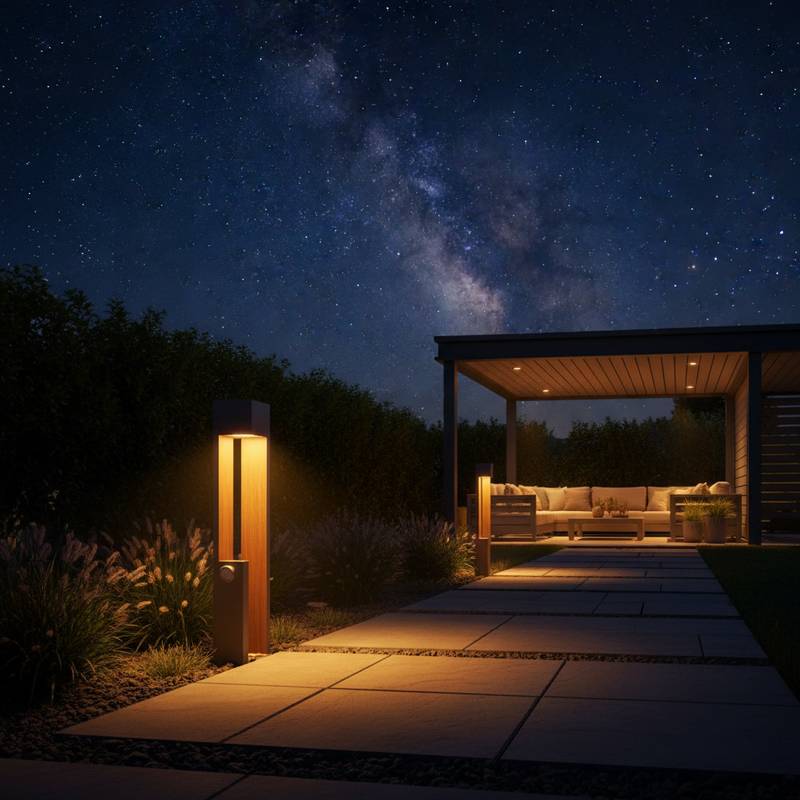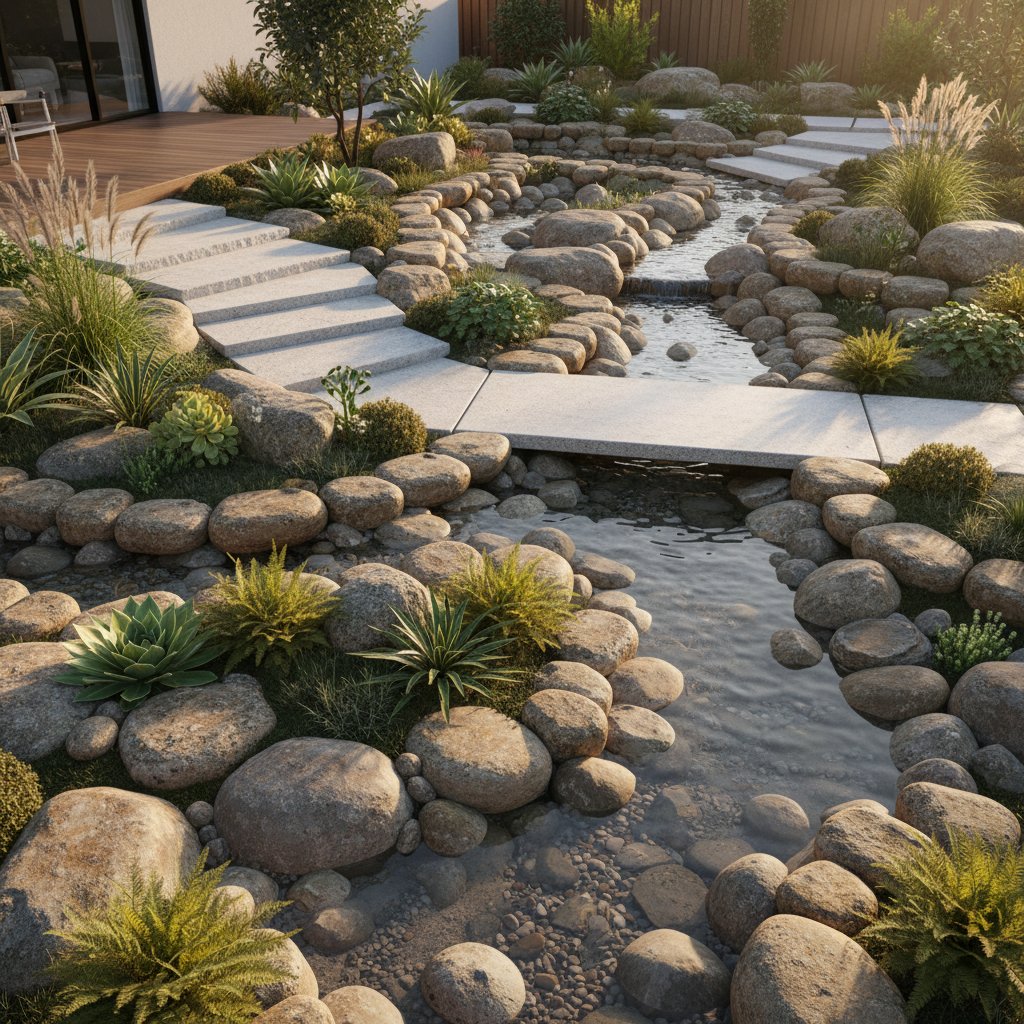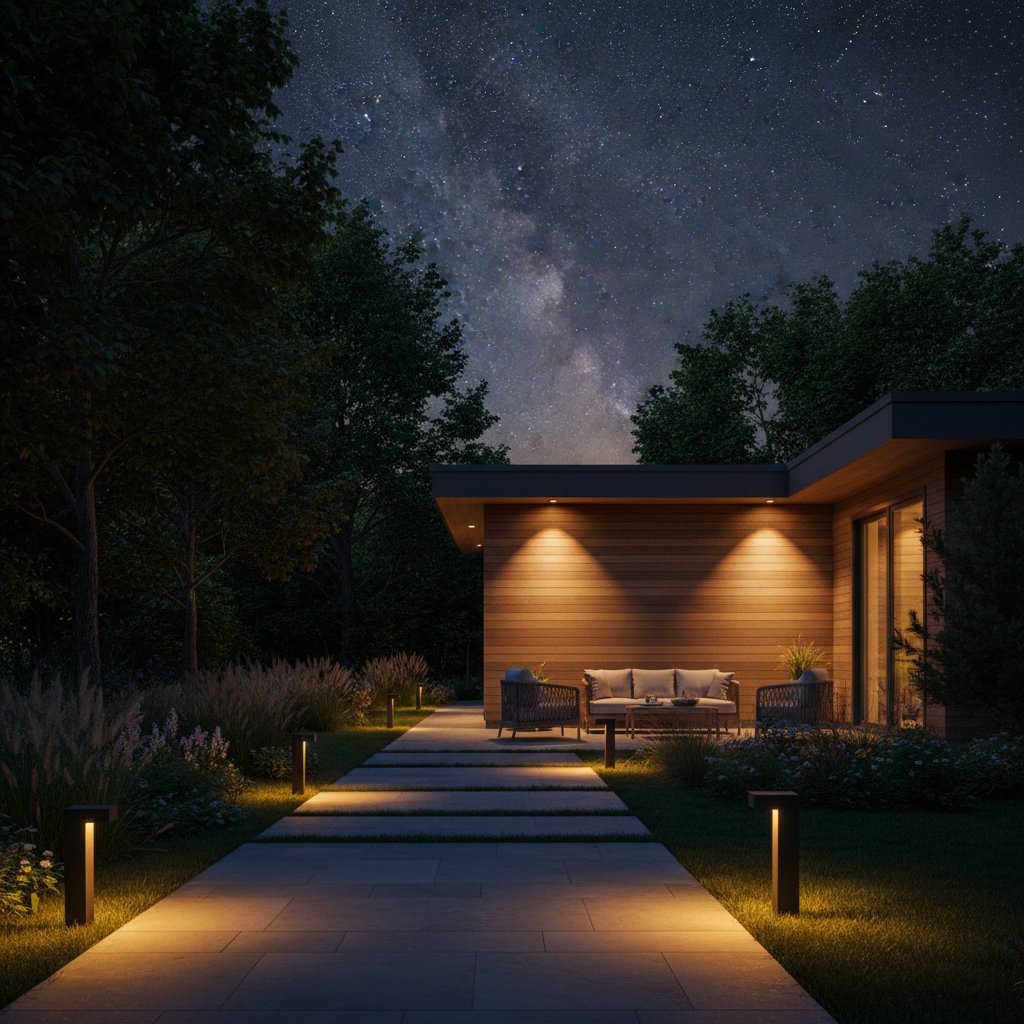Minimize Glare and Light Pollution Using Dark Sky Fixtures
Outdoor lighting enhances safety and creates an inviting atmosphere in any yard. However, excessive brightness or misdirected fixtures often lead to glare and light pollution. These issues waste energy, obscure the night sky, and disrupt local wildlife. Dark sky fixtures address these challenges by precisely directing light to essential areas, ensuring visibility without unnecessary spillover.
Understanding Dark Sky Fixtures
Dark sky fixtures feature designs that control light distribution effectively. The light source remains shielded or recessed within the fixture, ensuring illumination projects downward rather than outward or upward. This approach minimizes glare, prevents light intrusion on adjacent properties, and maintains a darker night sky. The primary objective involves delivering clear visibility for pathways, driveways, and patios while avoiding harsh sky glow.
Common varieties of dark sky fixtures include the following:
- Full cutoff fixtures, which eliminate all upward light emission.
- Shielded wall-mounted lights that concentrate illumination on surfaces below.
- Recessed soffit lights, ideal for providing subtle glow along eaves or patio edges.
- Pathway lights equipped with hooded caps to block direct bulb glare.
Although each type operates uniquely, all prioritize efficient and environmentally conscious illumination.
The Impact of Light Pollution
Light pollution extends beyond mere inconvenience; it influences ecosystems and household expenses. Surplus outdoor lighting disorients birds during migration, attracts insects away from natural food sources, and disturbs nocturnal mammals in their habitats. Additionally, it diminishes opportunities for stargazing among residents and neighbors. Furthermore, inefficient lighting translates to higher electricity consumption, as light directed skyward or across property lines serves no practical purpose.
Adopting dark sky fixtures reduces glare that impairs nighttime vision. Directed and balanced lighting allows eyes to adapt more readily, thereby boosting safety and comfort. Overall light levels decrease without sacrificing functionality, leading to noticeable energy savings.
Selecting Appropriate Fixtures for Your Property
When evaluating dark sky lighting options, consider function, aesthetic compatibility, and energy efficiency as key criteria.
-
Function: Identify specific areas requiring illumination. For entryways or garage entrances, select wall-mounted units with complete shielding to focus light on the ground. Pathways and garden borders benefit from low-profile fixtures featuring downward-directed hoods. Accent features like trees or architectural walls require adjustable spotlights positioned to contain light within the intended zone.
-
Style: Available designs range from contemporary minimalist forms to classic lantern styles. Select materials such as bronze, black aluminum, or stainless steel that complement your home's exterior architecture. Finishes like matte or textured surfaces ensure seamless integration with surrounding elements.
-
Efficiency: Opt for LED bulbs with color temperatures between 2700K and 3000K, which produce a warm, amber-toned light. This spectrum mimics natural sunset hues, reducing eye strain and minimizing disruption to wildlife rhythms. Steer clear of cool white or bluish LEDs, as they amplify glare and contribute to atmospheric sky glow.
To further refine choices, measure existing light levels with a simple lux meter app on your smartphone. Aim for 5-10 lux on pathways for safe navigation without overillumination.
Installation Process and Associated Costs
The installation of dark sky fixtures proves relatively simple for most homeowners. Replacing outdated units often requires no rewiring; simply detach the old fixture and secure the new one using existing mounts. For multiple installations, engage a handyman or licensed electrician, who can complete the work in a few hours depending on the scope.
Pricing varies by fixture specifications and materials. Basic shielded wall lights begin at approximately fifty dollars per unit, while premium decorative models with integrated LEDs may exceed two hundred dollars. Factor in long-term savings from reduced energy consumption—LEDs use up to 80 percent less power than incandescent bulbs—and infrequent replacements, as quality LEDs endure 25,000 hours or more.
During installation, position fixtures at optimal heights: 6 to 8 feet for wall lights and 18 to 24 inches for path markers. Test light patterns at dusk to confirm no upward spill occurs.
Upkeep and Enduring Advantages
Dark sky fixtures demand minimal ongoing maintenance. Perform cleaning once or twice annually to clear dust, pollen, or cobwebs from lenses and shields. Inspect seals and mounts periodically to ensure stability against weather exposure. The longevity of LED components means bulb changes occur infrequently, freeing time for other yard tasks.
The true value emerges in the enhanced ambiance and practical benefits. Your outdoor areas gain a serene, layered glow that highlights features without overwhelming the senses. Neighbors benefit from decreased intrusive light, fostering goodwill. Most rewarding, the night sky reclaims its clarity, allowing appreciation of constellations and celestial events.
Implement Directed Lighting in Your Landscape
If current outdoor lights appear overly intense or scattered, initiate changes incrementally. Begin by retrofitting a single high-glare zone, such as a driveway fixture, with a shielded alternative. Observe the immediate improvements in visibility and reduced sky brightness.
Gradually expand to additional areas, prioritizing high-traffic paths first. Consult local dark sky guidelines from organizations like the International Dark-Sky Association for placement best practices. Proper bulb wattage—typically 5 to 10 watts for LEDs—combined with strategic angling ensures light serves its purpose efficiently.
Thoughtful integration of dark sky fixtures elevates yard safety, curtails energy costs, and safeguards natural darkness. Experience the harmony of illuminated spaces that coexist with the wonders of the night sky.



